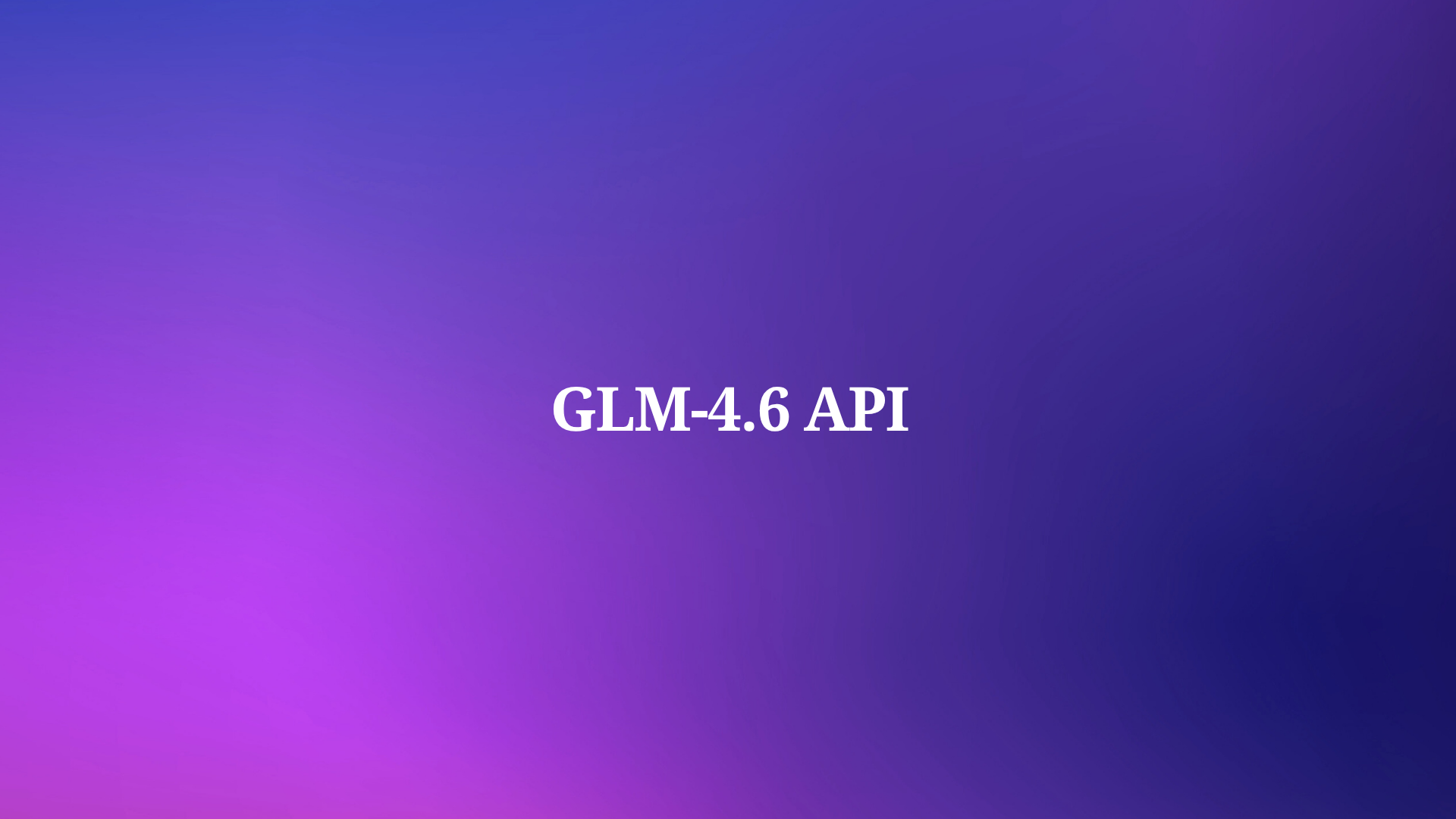Running large language models (LLMs) on mobile devices has become increasingly important for developers building AI-powered applications. Google's Gemma 3n model, combined with the AI Edge Gallery, provides a powerful solution for on-device inference on Android platforms. This comprehensive guide walks you through the entire process of implementing Gemma 3n on Android devices using Google's latest edge computing tools.
Understanding Gemma 3n and Google AI Edge Gallery
Gemma 3n represents Google's latest advancement in efficient language models, specifically designed for edge computing scenarios. Unlike traditional cloud-based models, Gemma 3n operates directly on device hardware, eliminating network latency and ensuring user privacy.

Google AI Edge Gallery serves as a comprehensive repository of tools, samples, and documentation for deploying AI models on edge devices. The gallery includes pre-built solutions, optimization techniques, and best practices for running models like Gemma 3n on resource-constrained environments.
Google AI Edge Gallery: The Gateway to On-Device AI
The Google AI Edge Gallery is an experimental app that puts the power of cutting-edge Generative AI models directly into your hands, running entirely on your Android devices. This application serves as both a demonstration platform and a development environment for testing various AI models locally.

The Edge Gallery architecture consists of several core components that work together to provide seamless model execution. The runtime environment includes optimized inference engines that handle model loading, memory management, and execution scheduling. Additionally, the application provides a user interface layer that allows developers to interact with models through various modalities including text chat, image analysis, and multimodal conversations.
Prerequisites and System Requirements
Before installing Gemma 3n through the AI Edge Gallery, developers must ensure their Android devices meet specific technical requirements. The minimum system specifications include Android 8.0 (API level 26) or higher, at least 4GB of RAM, and approximately 2GB of available storage space for model files.
Furthermore, devices should have ARM64 architecture processors for optimal performance, though the system provides fallback support for older ARM architectures. The application also benefits from devices with dedicated neural processing units (NPUs) or graphics processing units (GPUs) that can accelerate inference operations.
Step-by-Step Installation Process
The installation process for Google AI Edge Gallery requires manual APK installation since the application is currently distributed through GitHub rather than the Google Play Store. Navigate to the GitHub and access the latest release from the releases section.


Initially, developers must enable installation from unknown sources on their Android devices. This security setting allows installation of applications from sources other than the Google Play Store. Navigate to Settings > Security > Unknown Sources and enable the option. On newer Android versions, this permission may be granted per-application during the installation process.
Subsequently, download the latest APK file from the GitHub releases page. The file typically ranges from 50-100MB depending on the specific release version. Transfer the APK file to your Android device using USB connection, cloud storage, or direct download through the device's web browser.
Next, locate the downloaded APK file using a file manager application and tap to initiate installation. The Android system will display security warnings and request confirmation before proceeding. Grant necessary permissions when prompted, including storage access and network permissions.

Finally, launch the AI Edge Gallery application after successful installation. The initial startup process may take several minutes as the application configures runtime environments and downloads essential model components.
Configuring Gemma 3n Models
Once the AI Edge Gallery application is operational, the next critical step involves downloading and configuring Gemma 3n models. The application provides an intuitive interface for model selection and management. Download one of the .task files from huggingface to access pre-configured Gemma 3n models optimized for mobile deployment.

The model selection process requires careful consideration of device capabilities and intended use cases. Smaller model variants consume less memory and provide faster inference times but may have reduced capability compared to larger variants. Conversely, larger models offer enhanced performance but require more substantial system resources.

During the initial model download, the application displays progress indicators and estimated completion times.
Testing and Validation Procedures
Proper testing ensures that Gemma 3n installation and configuration are functioning correctly. The AI Edge Gallery provides several built-in testing interfaces that allow developers to validate model performance across different interaction modes.
Begin testing with simple text-based conversations to verify basic functionality. The chat interface should respond to queries within reasonable timeframes, typically 1-5 seconds depending on query complexity and device performance. Monitor system resource usage during these initial tests to ensure the application operates within acceptable parameters.

Subsequently, test multimodal capabilities by uploading images and requesting analysis or description. The app showcases various AI capabilities, including Ask Image (image-to-text), Prompt Lab (single-turn tasks), and AI Chat (multi-turn conversation). These features demonstrate the comprehensive capabilities available through the Edge Gallery platform.
Optimization Strategies for Production Deployment
Optimizing Gemma 3n performance on Android devices requires careful attention to several technical factors. Memory management represents the most critical optimization area, as inefficient memory usage can lead to application crashes or system instability.
Implement intelligent model loading strategies that dynamically manage memory allocation based on available system resources. Consider implementing model quantization techniques that reduce precision while maintaining acceptable accuracy levels. These approaches can significantly reduce memory requirements and improve inference speed.
Furthermore, optimize inference scheduling to minimize conflicts with other system processes. Implement priority-based execution queues that allow critical operations to take precedence over background processing tasks. This approach ensures responsive user interactions even during intensive AI processing operations.
Additionally, configure thermal management policies that prevent device overheating during extended AI processing sessions. Monitor CPU and GPU temperatures and implement throttling mechanisms that reduce processing intensity when thermal limits are approached.
Integration with Development Workflows
Integrating Gemma 3n capabilities into existing Android development workflows requires careful planning and tool selection. Modern development environments benefit from comprehensive API testing and validation tools that ensure seamless integration between AI components and application logic.
Apidog provides essential capabilities for developers building applications that integrate with AI models like Gemma 3n. The platform's comprehensive testing suite enables validation of API endpoints, response formatting, and error handling scenarios that commonly occur in AI-powered applications.

Moreover, when developing applications that combine local AI processing with cloud-based services, proper API testing becomes crucial for ensuring reliability and performance. Apidog's mock server capabilities allow developers to simulate various service conditions and test application behavior under different scenarios.
Future Development Roadmap
The Gemma 3n and AI Edge Gallery ecosystem continues evolving rapidly, with significant enhancements planned for upcoming releases. Google also mentioned that it's coming soon for iOS devices as well, expanding the platform's reach across mobile ecosystems.
Anticipated improvements include enhanced model compression techniques that further reduce resource requirements while maintaining performance quality. Additionally, expanded multimodal capabilities will enable more sophisticated applications that process complex combinations of text, image, audio, and video content. Integration capabilities will also expand, with improved support for custom model fine-tuning and deployment workflows. These enhancements will enable developers to create highly specialized AI applications tailored to specific use cases and industries.
Conclusion
Running Gemma 3n on Android through Google AI Edge Gallery represents a significant advancement in mobile AI capabilities. The combination provides developers with powerful tools for creating sophisticated AI applications that operate entirely on-device, ensuring privacy and reducing dependency on cloud services.
Successful implementation requires careful attention to system requirements, proper installation procedures, and thorough testing protocols. By following the technical guidelines outlined in this guide, developers can effectively deploy Gemma 3n in production environments while maintaining optimal performance and security standards.




